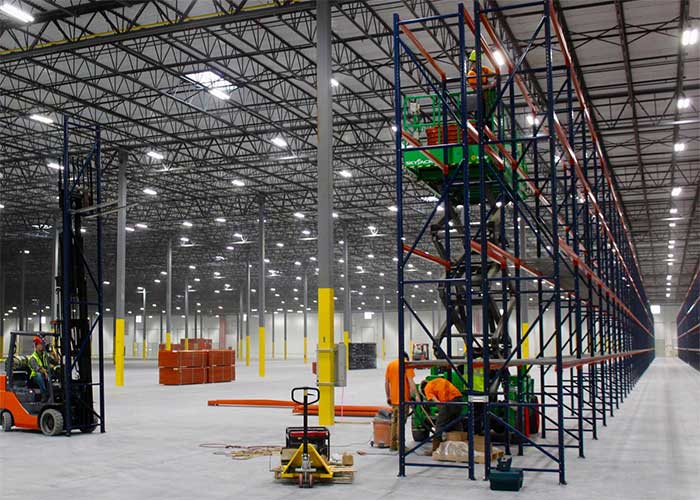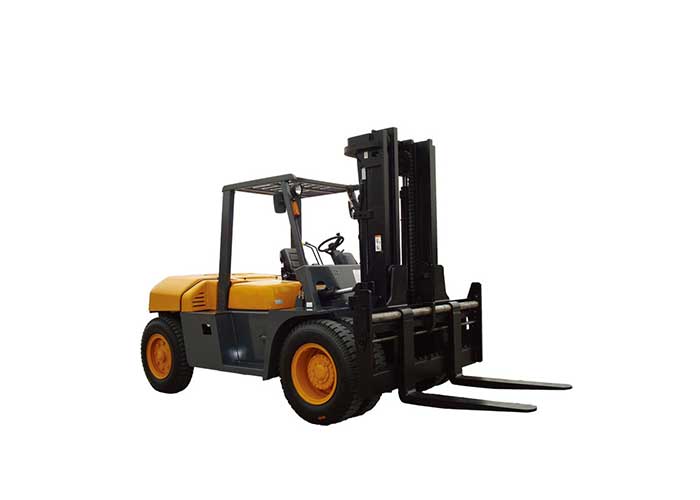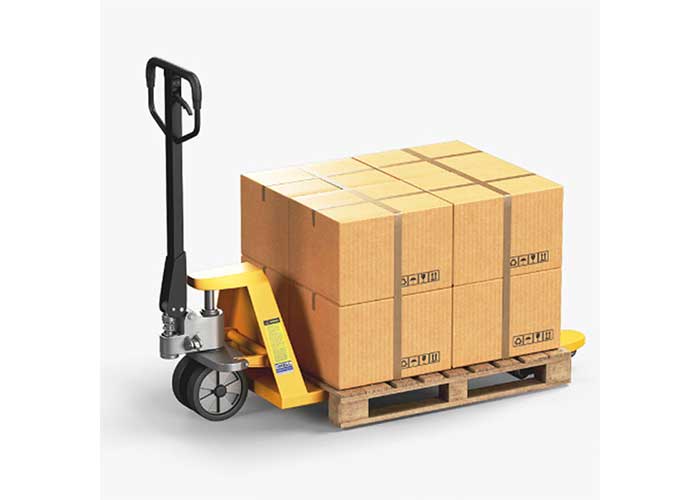-
 E-mail:
[email protected]
E-mail:
[email protected]
-
 Wechat: +8613959222269
Wechat: +8613959222269
-
Time:3/3/2020
-
Time:3/2/2020
-
Time:2/28/2020
-
Time:2/28/2020
-
Time:2/27/2020

- CONTACT US
- Wechat: +8613959222269
- [email protected]
Products News
Warehouse Emergency Planning Tips
 Time:9/25/2019
Time:9/25/2019 832
832Share:
It’s not something anyone enjoys thinking about, but emergencies and accidents are an unfortunate fact of life for any business owner. And for warehouses that deal in long-term product and inventory storage, disasters can be particularly negative for both daily operations and your bottom line.
Sadly, most warehouses find themselves pretty unprepared when it comes to dealing with any potential disaster or accident. If your warehouse doesn’t have an emergency management plan, or if you want to update and modernize your currently existing plan, here’s a few one-size-fits-all tips for emergency planning for warehouses of any size or industry:
Identify Your Most Likely Emergencies: The first step is to take a look at what sort of potential emergencies your warehouse might face. Things like fire or electrical outage are things that any warehouse might encounter, but some other emergencies might depend on your geographic location, what kind of weather you encounter, and the like. An area more prone to floods might not encounter tornadoes, and so on and so forth – keep this distinction in mind.
Get An Evacuation Plan: This might sound a little obvious, but you’d be surprised how few warehouses actually sit down and figure out an evacuation plan. No matter what the emergency, you need to make sure you have clearly labeled emergency exits and your employees need to be trained on proper evacuation procedures, like meeting areas, what doors to use where, and so on.
Find An Emergency Restoration Professional: Hopefully you’ll never need their services, but when making an emergency plan it’s important to find a restoration company that you can keep on call to get your business back to normal. Many cleaning or restoration businesses specialize in flood repair, fire restoration, and so on – establish a good relationship with these companies early on to keep them at-hand whenever you need them.
Plan For Inventory Replacement: After your employees are safe and accounted for, the next step is to figure out how to replace any damaged inventory. There’s a few solutions for this; if you find yourself in an area where emergencies or natural disasters can be more common, you might want to keep an open order with some of your vendors to quickly replace small quantities of some of your more popular stock. Otherwise you may want to invest in some offsite industrial storage to provide a secondary inventory in a potentially safer area to help you get by until your operations can get back to normal.
Remember To Act On Your Plan: Of course, all the planning in the world isn’t going to help a lot if you don’t actually implement your plan. Keep your employees trained and updated on any change to the plan, remember to review it and update it every six months or so, and make sure to actually implement it in the case of an actual emergency – but with luck, you won’t have to.



















